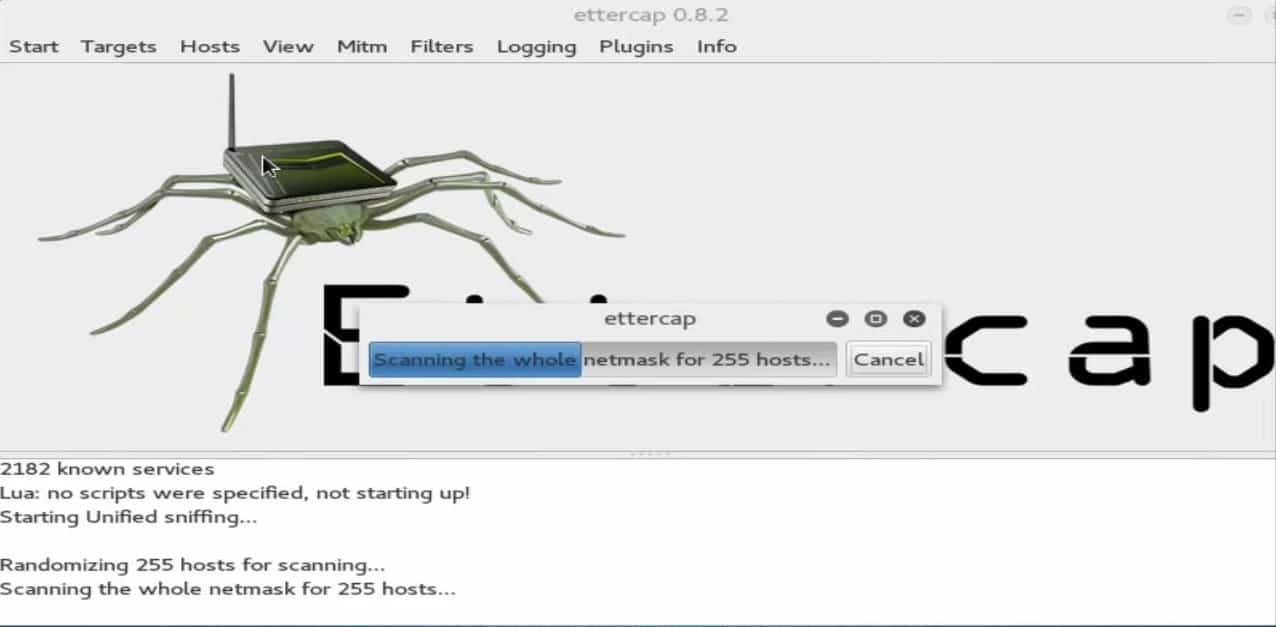
Partial HSTS adoption is when a host activates HSTS just for itself.
#Session hijacking attack full
Full HSTS adoption occurs when a host activates HSTS for itself and all its sub-domains.

In particular, full HSTS adoption is required when session cookies are issued with the Domain attribute set.įull HSTS adoption is described in a paper called Testing for Integrity Flaws in Web Sessions by Stefano Calzavara, Alvise Rabitti, Alessio Ragazzo, and Michele Bugliesi. Note that there is a subtlety here related to cookie scoping. Though the request fails, the session cookies are leaked in the clear over HTTP.Īlternatively, session hijacking can be prevented by banning use of HTTP using HSTS.The attacker corrupts the corresponding response so that it triggers a request to.Assume that is entirely deployed over HTTPS, but does not mark its session cookies as Secure. Note that the Secure attribute should also be used when the web application is entirely deployed over HTTPS, otherwise the following cookie theft attack is possible.

To prevent this, session cookies should be marked with the Secure attribute so that they are only communicated over HTTPS. When considering network attackers, i.e., attackers who control the network used by the victim, session cookies can be unduly exposed to the attacker over HTTP. This attack is known as session hijacking. Home > V42 > 4-Web Application Security Testing > 06-Session Management Testing Testing for Session Hijacking IDĪn attacker who gets access to user session cookies can impersonate them by presenting such cookies.


 0 kommentar(er)
0 kommentar(er)
